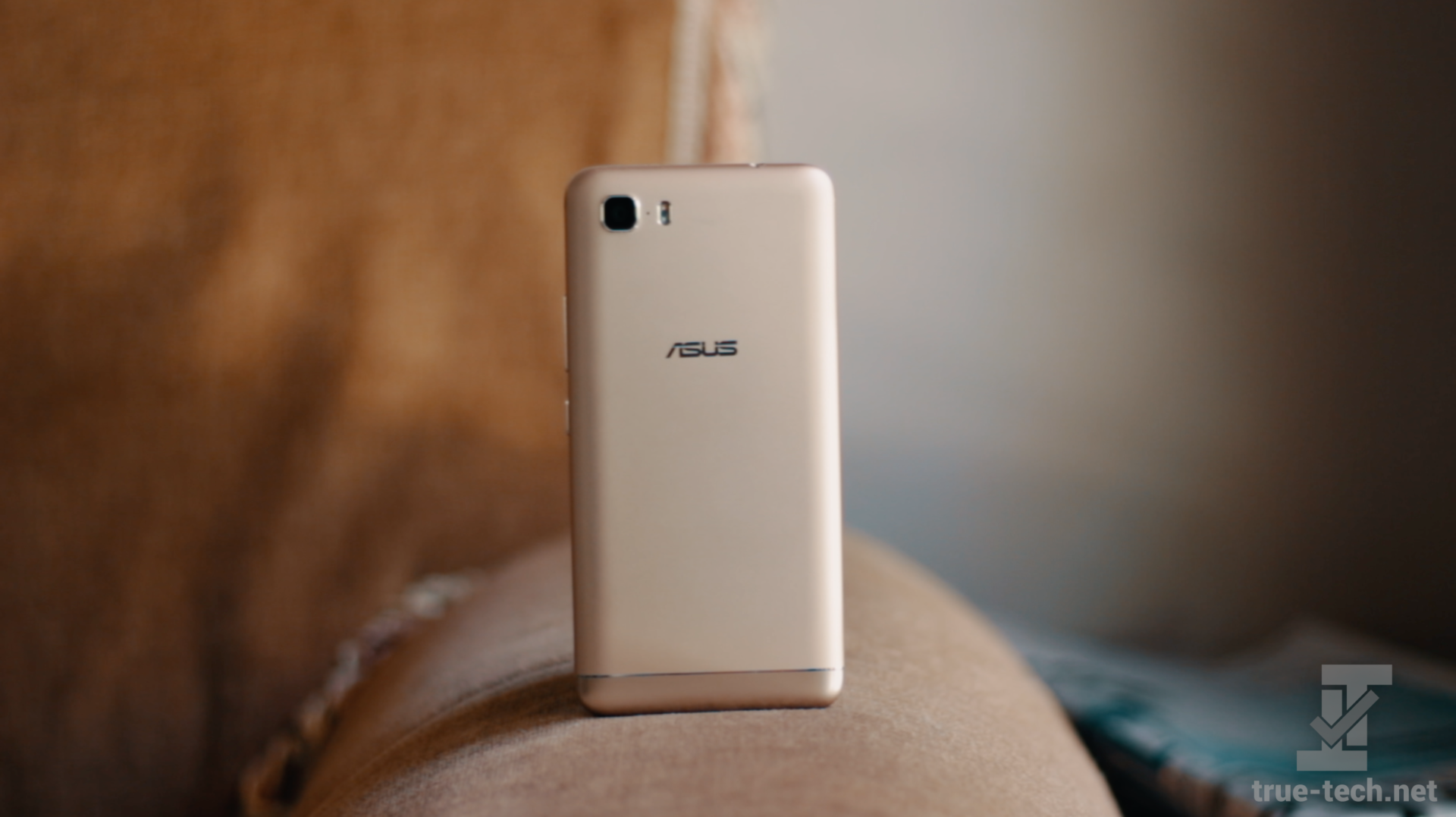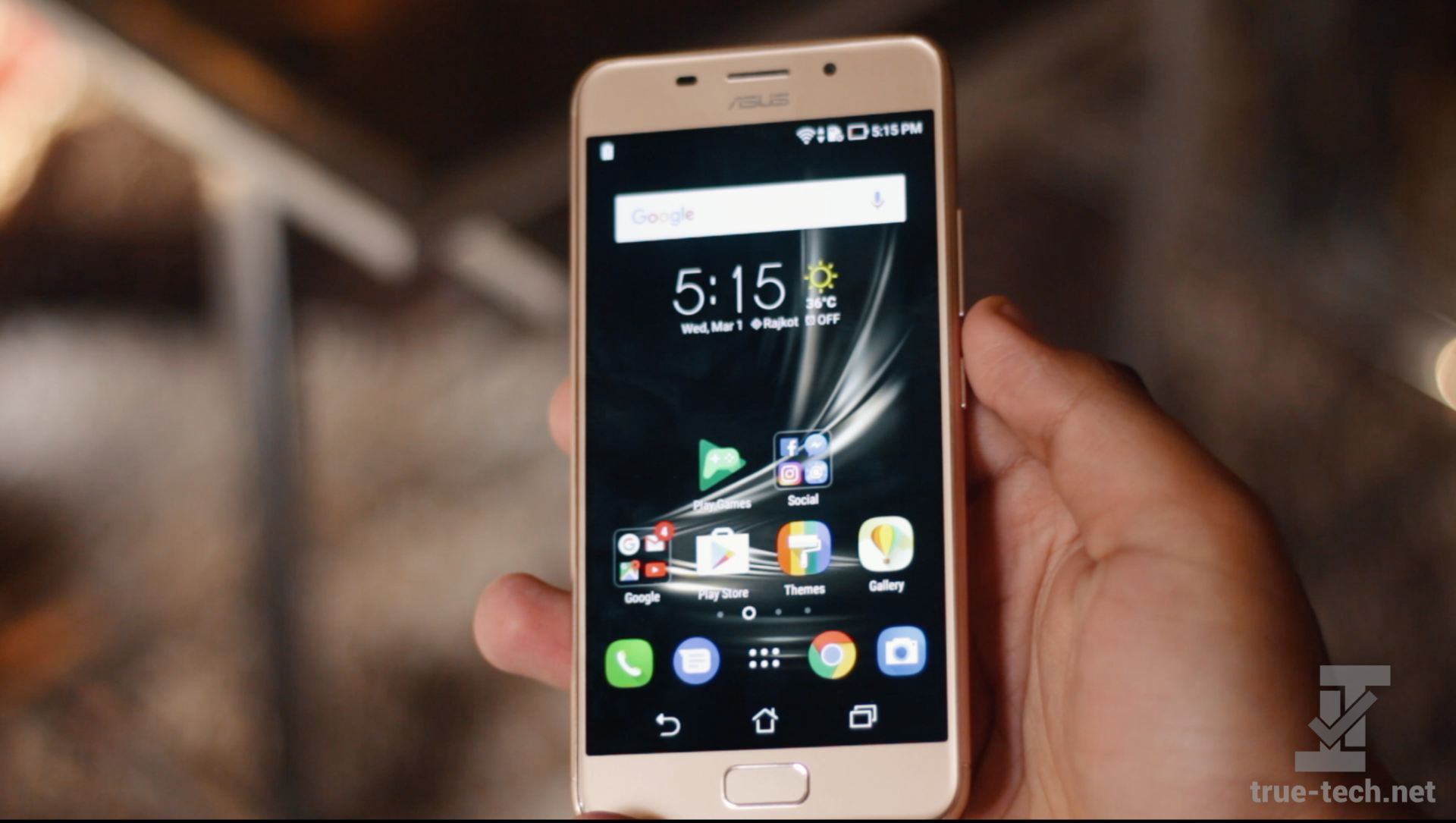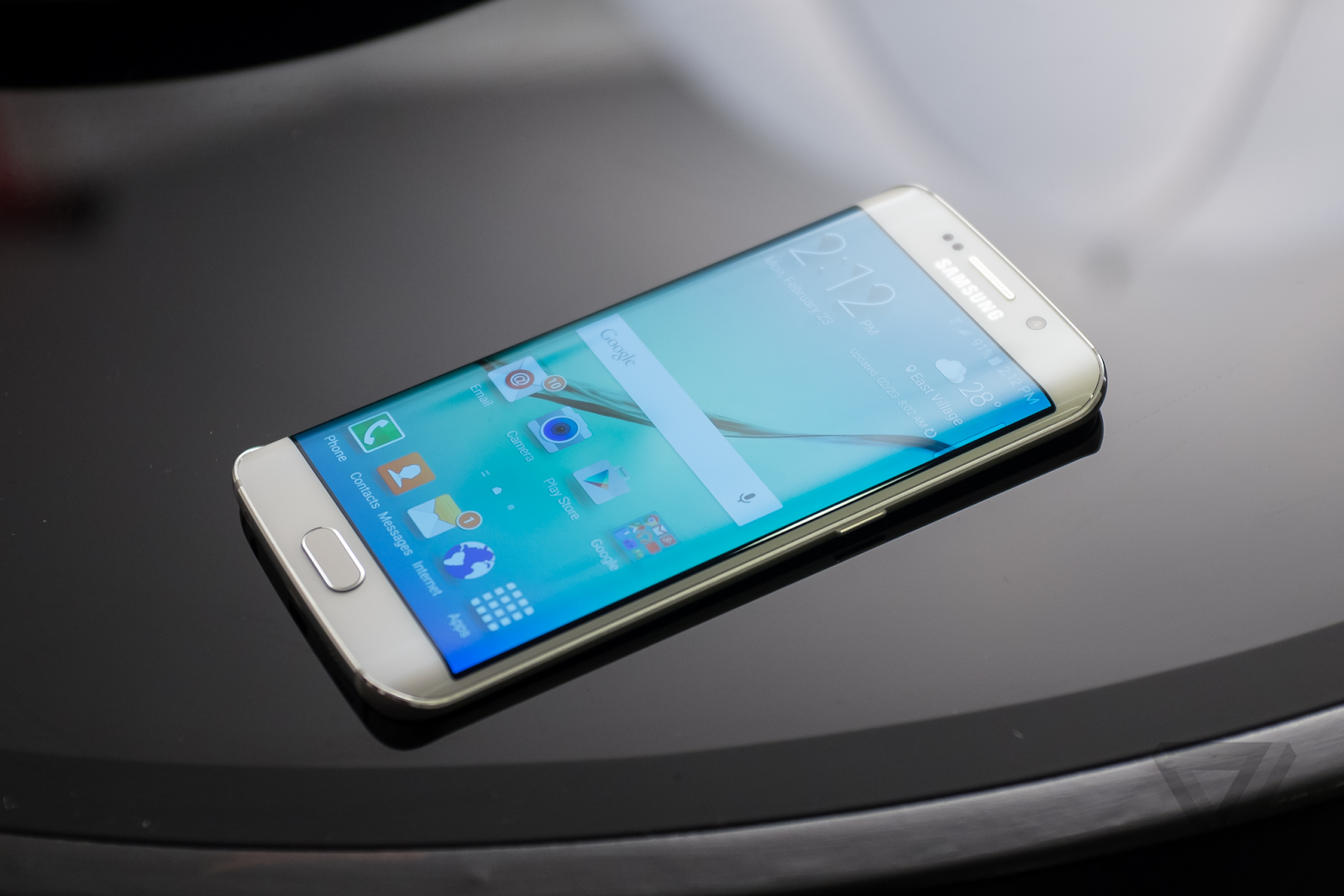The budget market turns progressively robust year by year, with smartphone manufacturers striving to push the greatest performance, battery life, and value. Asus also has a budget segment of their Zenfone lineup, which to no surprise is already super-oversaturated. Don’t mistake that for an exaggeration, just take a look at the number of devices the 2016-17 Asus Zenfone lineup carries: Zenfone 3, two versions of Zenfone 3 Max, two versions of Zenfone 3 Laser, Zenfone 3 Ultra, Zenfone 3 Deluxe, and now, Zenfone 3S Max. The Zenfone 3S Max is here to compete with the sub Rs. 15,000 or sub $250 devices. Well, it’s hard to presume that the Zenfone 3S Max can go all in with Xiaomi’s Redmi Note 4 or Huawei’s Honor 6X. Both these phones are probably like the leaders currently, of this market segment, featuring excellent performance and battery life in their section. The Zenfone 3S Max is here to serve as the further take on the 5.5-inch Zenfone 3 Max which I reviewed a while ago.
Build and Design
Previously, as I talked about earlier, I reviewed the Asus Zenfone 3 Laser and also the Zenfone 3 Max. Both of them had a general design language. However, Asus determined to implement a minimal design with this phone. Coming from the 3 Max and 3 Laser, I discover that the Zenfone 3S Max has taken a unique turn, the simplicity makes it look more adorable to me. However, it’s a no-brainer to comprehend that Asus borrowed this aluminum or metal unibody design from other aforementioned contenders at this price gamut. Nonetheless, it’s quite notable that Asus managed to pack a massive 5,000mAh battery in such a small form-factor. Touché Asus! But, this design is nothing compared to the Asus Zenfone 3, which I reviewed several months ago.
On the front of the phone, there’s a 720P HD screen with a 2.5D curved glass, unconventional of 2017 contemporary standards, the display doesn’t carry enough resolution, as opposed to contenders out there, and for the price of Rs. 14,999 or $225, it’s pretty dissatisfying. However, there is certain concreteness attached to the screen, for example, the vivid colors that Asus always configures. The screen is adorable to look at with the wonderful colors it transmits. Apart from that, the 5.2-inch display is one of the most comfortable display sizes to use and is also a rare breed today. Nonetheless, if you are like me, a large-screen phone praiser, this phone is certainly not devised for you. Under the screen lays a clickable home button with an inbuilt fingerprint reader.
This fingerprint sensor present on this device isn’t an active one, which implies, it requires a petty bit of extra efforts of turning the phone on before utilizing your fingerprint to unlock it. Moreover, what seems like a useful feature, doesn’t exactly work out to be one is the on-screen buttons. A bit of explanation I am about to supply shall fix the skepticism that was aroused in your mind a few seconds ago. As we humans are more habituated to use either the capacitive keys and a physical home button together, alike Samsung devices, or only software buttons like Nexus devices, the configuration on the Zenfone 3S Max turns out to be rather confusing and difficult to adapt to. If that might not sound convincing enough, the chin holding the home button takes up a lot of the bezel, and the software buttons consume a good amount of the screen rendering that much of the screen unusable.
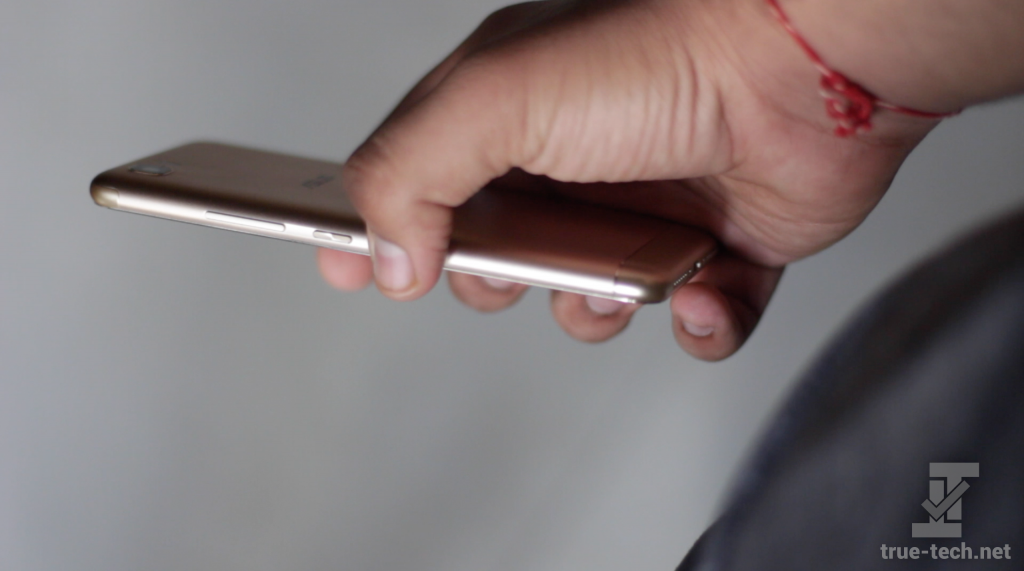
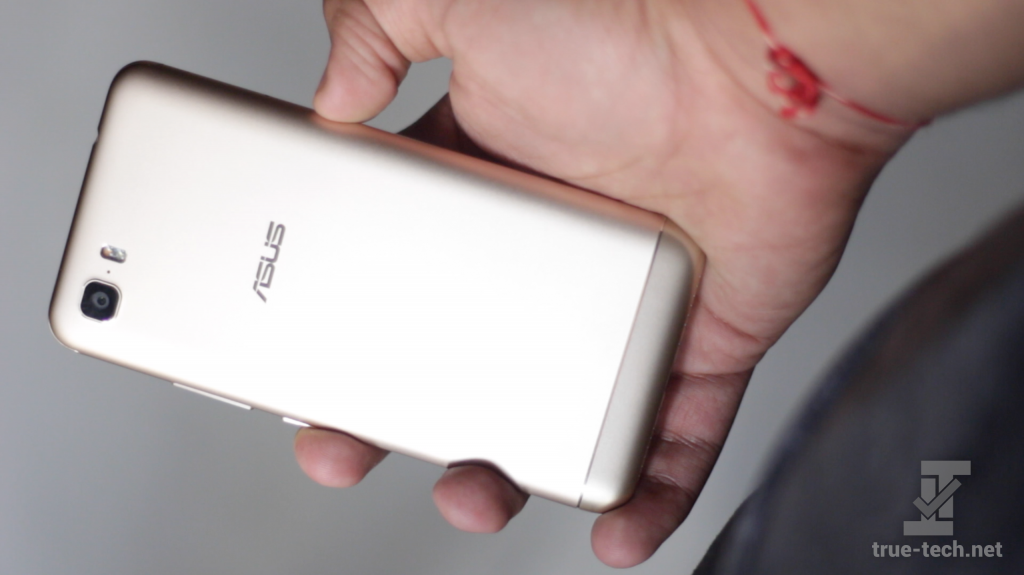
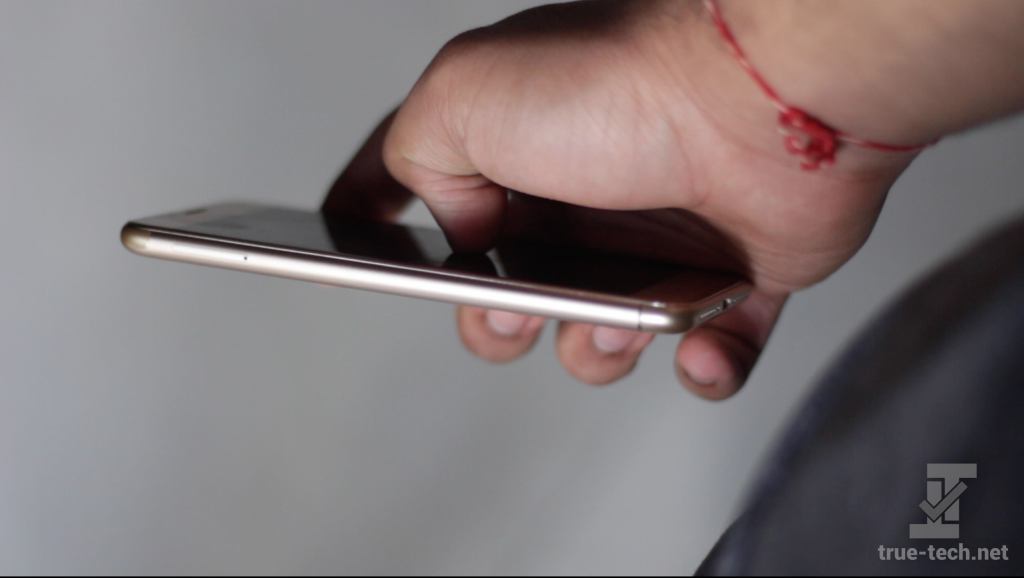
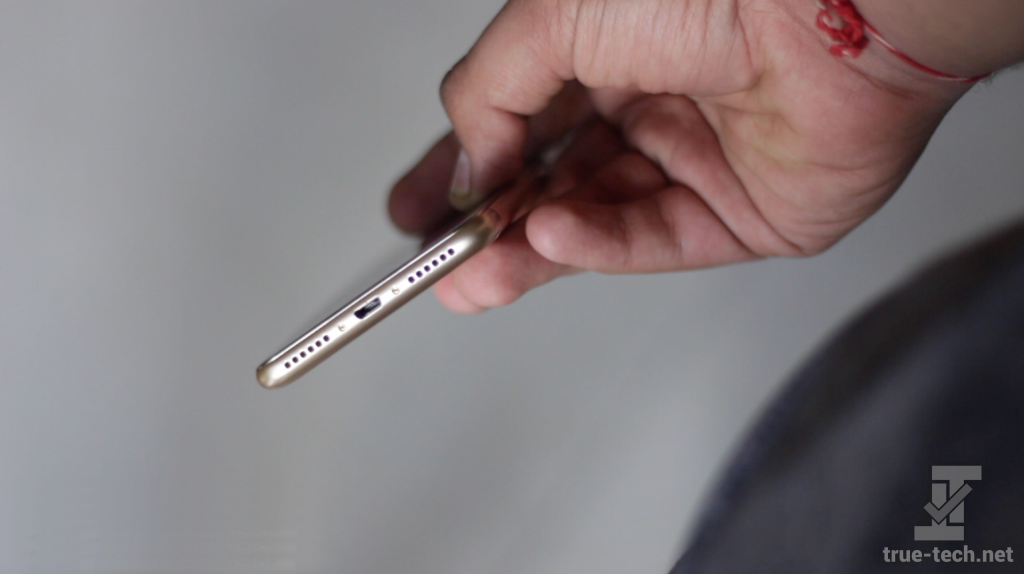
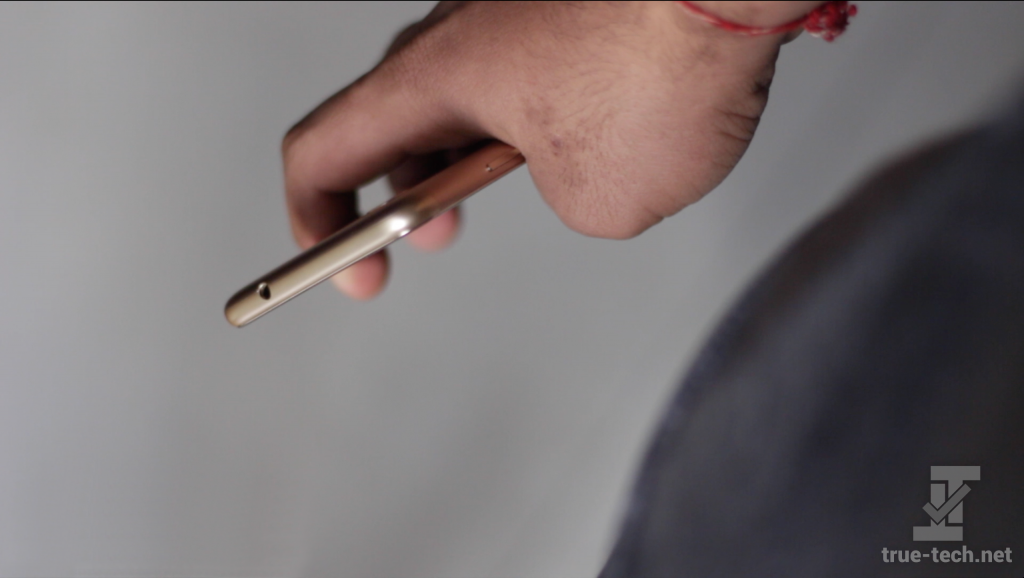
On the right of the phone lay the customary volume rockers and the power button, which are bestowed with the best clicky-ness. More importantly, the power button holds a unique Asus texture that makes it identifiable through touch and doesn’t require me to take a glance at it. Which, in my opinion, is pretty nifty. On the contrary, the left side is deserted, with a single shrub of a sim-card tray. The bottom of the phone holds the speaker grills and the Micro-USB charging port, and the top holds the gently disappearing headphone jack.
On the rear of the phone, it’s minimal as described earlier. This minimal design language makes the phone appear more elegant. Nonetheless, there’s enough of distraction here to disrupt the condensed feel. Counting first, the little camera hump, which isn’t a hindrance, but is quite noticeable. Close by sits flush a dual-tone LED Flash, and there’s no laser autofocus present on this phone, another sacrifice to note. Below the camera, at the center of the phone, an Asus branding can be located. Thereafter, at the bottom of the phone lays the biggest spoiler of this design, what I like to call: the unibody-breaker-plastic-chin. Though it’s plastic, it’s not so prominent to the eye, but also doesn’t have as pronounced texture as the metal body. Overall, the constituents at the back add up to provide a decent design, as compared to other Asus budget devices.
Performance
The Zenfone 3S Max facing a significant degradation from its predecessor: Zenfone 3 Max. The 3S Max features a 3GB RAM and a MediaTek MT6750 Octa-core 1.5 GHz Cortex-A53 chipset with a Mali-T860MP2 GPU, as compared to the 4GB RAM and Snapdragon 430. Not only is this a major sacrifice on paper, but will also run you pretty short regarding performance. Moderate usage along the lines of using day-to-day social network apps, viewing YouTube videos, casually browsing the web, do not usually give rise to any hiccups, except for certain situations. The 3GB RAM is robust enough to handle multi-tasking. However, the companion CPU turns out to be a major hold-up, giving rise to minor lags. And it’s only pointless to expect a competitive level of performance from a MediaTek chipset. Also, the phone is not at all capable of handling graphic intensive game titles, such as Need For Speed. Whereas, smaller titles such as Crossy Roads, Facets, and Fast like a Fox. These are some of the several indie titles that work fine on this device.
While performance is not a USP (unique selling proposition) for this device, it doesn’t stand out in its specialization: battery life. It’s undoubtedly impressive that Asus managed to squeeze in a 5,000mAh battery inside such a small form factor. And this massive battery, accompanied by the Doze feature of Android Nougat, enables the device to provide a decent battery life. On an average, the phone lasted for a day and a half to a maximum of 2 days on a single charge. Also, a considerable contribution to this is made by the 720P screen, which isn’t battery hungry and doesn’t consume plenty of juice. At the end of almost every single day, the phone was drained by around 30-40% on moderate usage and around 45-60% on a heavy usage. Which, considering the large battery the device packs and the price, is not actually bad, rather than that, it’s good enough. However, as I mentioned earlier, the phone earns no limelight, the Redmi Note 4, even with a smaller battery capacity of 4,050mAh lasts equally long due to the presence of Snapdragon 625, and providing a better value for money.
Camera
The camera sensor on the Asus Zenfone 3S Max, in my honest opinion, is all barks and no bite. The phone sports a 13-megapixel sensor along with an f/2.0 aperture, dual-tone LED Flash, and Phase Detection Autofocus (PDAF). Already, plenty of sacrifices are made noticeable here, primarily the missing laser autofocus. The camera is less sharp concerning the megapixel count as well. Not only is the camera sensor feeble, and it also maxes out at 30fps 1080P video. Operating the camera should be simple if you are upgrading or degrading from a previous Zenfone, the camera app and its UI remains quite similar, offering a plentitude of modes to choose and shoot through. More importantly, the quality of the images is what matters the most, and well, the picture quality is nothing to be tickled pink. Photos taken from the Zenfone 3S Max’s camera turn out to be soft and lacking in detail, and mediocre at dynamic range, to be stated the best. In indoor lighting, the images become even softer and grab a tad bit grain as well. On certain occasions, the images turn out shaky and make the absence of OIS evident.

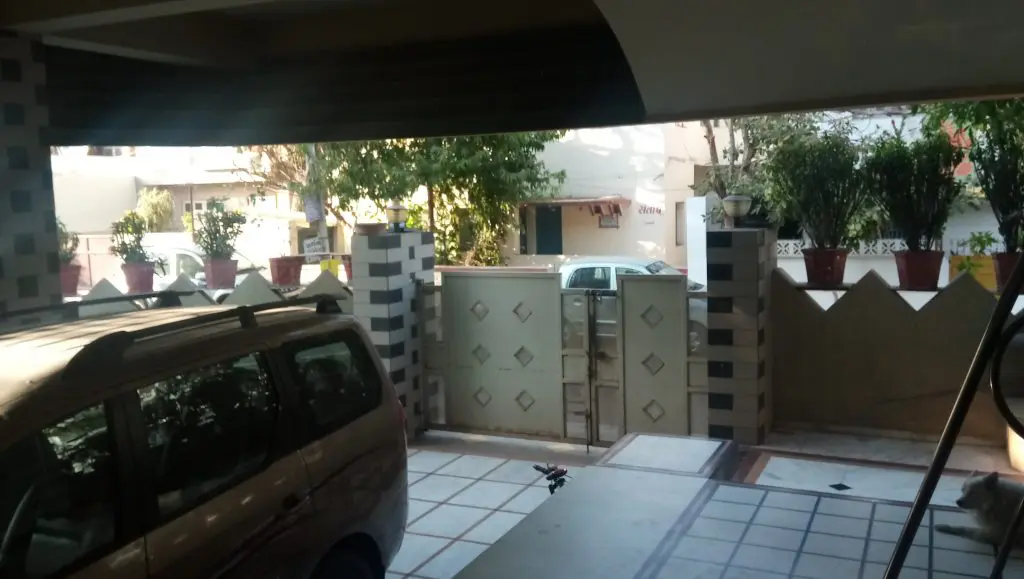
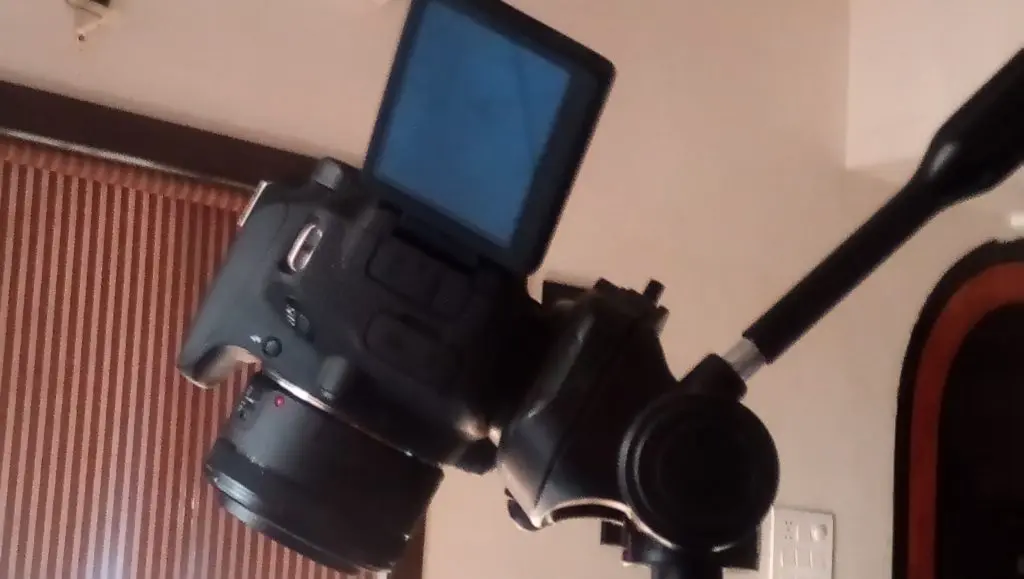











More importantly, the quality of the images is what matters the most, and well, the image quality is nothing to be tickled pink. Photos taken from the Zenfone 3S Max’s camera turn out to be soft and lacking in detail, and mediocre at dynamic range, to be stated the best. In indoor lighting, the images become even softer and grab a tad bit grain as well. On certain occasions, the images turn out shaky and make the absence of OIS evident. In low lighting conditions, the performance of the camera can be recounted as confusing. For the most part, the images contain a magnanimous amount of grain and an utter lack of detail. Every so often the camera fabricates some of the best low lighting shots, but that’s nothing to write home about, as it only occurs occasionally. Talking of modes, neither HDR or any other modes do justice to any low light shots, except for the low light mode, which does a great job to generate a good image, but all details are smudged and lost. The front-facing selfie shooter on the Zenfone 3S Max is pretty similar to the Zenfone 3 Max’s sensor, a few nuances being that the selfies turn out a little softer and richer in color.
Software
This time around, the phone ships with Android 7.0 Nougat, topped by Asus’ ZenUI skin. There aren’t any significant changes visible, compared to previous versions of the ZenUI. Nonetheless, I adore the extravagant gaussian blur effects. Although the phone features Doze mode and comes with a large battery, the ZenUI skin bottlenecks the performance and reduces the battery life due to its heavy nature.

